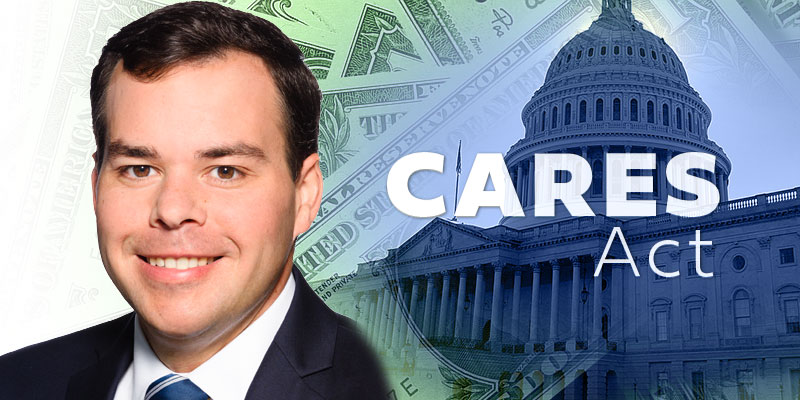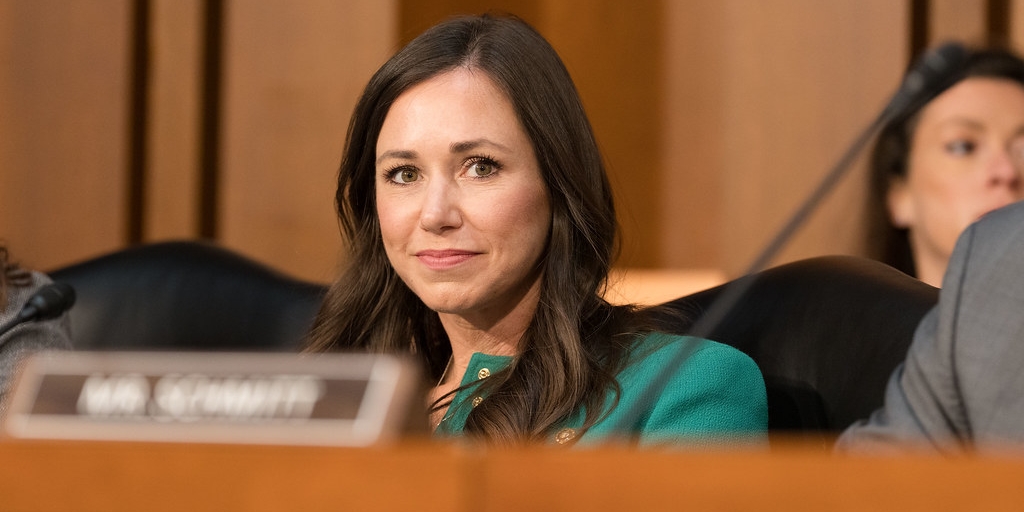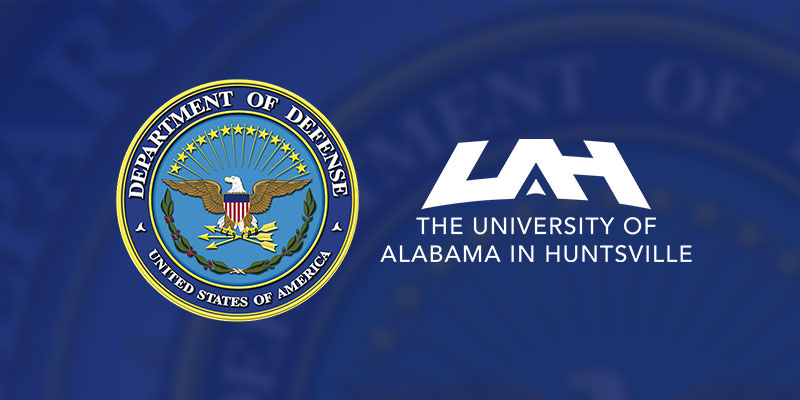What would you do if you woke up tomorrow with millions of extra dollars in your bank account?
At some point, most Alabamians have probably daydreamed of such a scenario. Perhaps you would buy a new house, a fancy car, or give it away to causes important to you.
Here’s the catch, if you don’t spend all the money in the next three months, you have to give it back.
That’s the scenario that the state of Alabama currently finds itself in. As a result of the federal Coronavirus Aid, Relief, and Economic Security (CARES) Act, aimed at providing health and economic relief in response to coronavirus, the state found a nearly $1.8 billion windfall in its coffers. But the law states that relief funds must go towards “necessary expenditures” incurred between March 1, 2020, and December 30, 2020. According to the National Conference of State Legislatures, if the money isn’t spent by then it will revert back to the federal government. With the December 30 spending deadline looming, state leaders are struggling with how to spend it.
Serving as the Senior Director of Fiscal Policy at API and having worked as an analyst at the Alabama Legislative Fiscal Office (now Legislative Services Agency) as well as the U.S. House of Representatives Committee on the Budget, I can say that “spent” means just that, already paid out by the state.
In my mind there are two potential outcomes. At the end of the year the state will either return hundreds of millions of dollars back to Washington or it will find ways to spend the money. Unless the state finds meaningful ways to spend the remaining funds, ways that truly benefit all Alabamians, citizens of this state will lose either way.
To briefly recap, Congress passed the $2.2 trillion CARES Act in March. The state received about $1.8 billion, with conditions attached by the federal government as to how the money can be spent.
At the end of the 2020 legislative session, the Legislature and Governor Ivey agreed to a basic plan of how the funds would be spent, putting the money into categories. The pots of money include reimbursing state government for COVID-19 related expenses, expanding remote education capabilities, and providing aid to small businesses, non-profits, and faith-based organizations, among others.
But at this point, little of the money has been spent. According to the Coronavirus Relief Fund database, as of September 22, $336 million out of nearly $1.8 billion budgeted for relief has actually been spent. That’s 19.5% in over five and a half months. Nationwide, less than 25% of all state CARES Act funding had been spent through mid-September.
Families and businesses reeling from the sudden disruptions caused by the pandemic needed immediate help. In the first three months following the passage of the CARES Act, the state spent 0.2% of its allocation. Across the south, states spent 12% on average through June 30. Georgia had spent nearly a quarter of its CARES Act funding by that date.
With so little relief money being spent, it leads to two possible conclusions. Either there was never a need for federal relief funds in Alabama, or our state government has been less effective than other states at addressing the needs of its citizens.
And what was the money that has been spent used for? $50 million went towards healthcare and testing at nursing homes within the state. $23.7 million (of a possible $100 million) has been spent on equipping schools with remote learning devices. The much-anticipated broadband voucher program, aimed at providing high-speed internet access to students, has spent less than $254,000 of more than $103 million allocated to it. Less than 20% of $55.2 million allocated for coronavirus testing has been spent.
The state has also struggled to spend $650 million intended to reimburse itself for coronavirus related expenses. For example, the Department of Corrections was allocated $125 million for pandemic related expenses. So far it has spent just over $10.1 million.
The bulk of the money, over $96 million, has been spent on a grant program for Alabama’s small businesses. Another $65 million remains available for grants to agribusinesses, and non-profit and faith-based organization, but two-thirds of those funds have yet to be spent. While helping these organizations is important, grant programs where the state decides the winners and losers are an inefficient and ineffective way to do so. The small business grants are capped at $15,000 per recipient, hardly enough to make a dent against the costs of being shut down for several months. A shutdown which was mandated by Alabama’s state government.
And some of the small business grants that have been awarded are interesting to say the least. Grantees include a vape shop in Bessemer, the American Cannabis Company, and bars and liquor stores, among others.
Other states have taken approaches that aim to help all citizens. In June, Idaho implemented a plan to use $200 million of CARES Act funding to implement a moratorium on property tax increases for residents, saving them 10-20% on their tax bill this year. Florida, South Carolina, New Hampshire, and Oklahoma have used CARES Act funding to expand private school choice programs.
With just over three months until the spending deadline, what will the state do with the over $1.4 billion in unspent funds?
The pots of money enacted by the legislature have little meaning at this point. The governor recently announced that $300 million will be reallocated to the state’s unemployment trust fund, which has been depleted by the upsurge in unemployment claims. Assuming that other funds remain unspent, state leaders have indicated that an additional $300 million could be transferred to the fund before the end of the year, meaning a third of the CARES Act money will end up going towards the state’s unemployment compensation program.
Some Alabamians truly have no work options and need this assistance. But again, many were put in this position because of state-ordered business shutdowns. The transfer of funds should also reduce unemployment tax increases, which are fully paid by employers. However, the Department of Labor must ensure the legitimacy of all unemployment claims and make sure that those who have the option to return to work are doing so. If Alabama’s small businesses are going to recover, they will need workers to make that happen.
As the December 30th deadline draws closer, spending will likely accelerate, and it will be harder to ensure that state government is a good steward of those dollars. We as Alabamians must demand that the money is put to worthwhile use.
Any remaining funds should go to directly support Alabama citizens and small businesses as they continue to recover from the pandemic’s impacts. API has proposed using CARES funding to provide a statewide sales tax holiday, which would help achieve that goal. Money should not go toward more state determined handouts that will have no long-term benefit or to further expand government.
If Alabama can’t use its CARES Act windfall to benefit citizens and spur economic recovery, the money should be sent back to Washington.
Justin Bogie serves as the Alabama Policy Institute’s Senior Director of Fiscal Policy. Prior to joining API, Bogie held several roles, including Senior Policy Analyst in Fiscal Affairs at The Heritage Foundation, Policy Advisor to the U.S. House of Representatives Committee on the Budget, and Legislative Fiscal Analyst at the Alabama Legislative Fiscal Office (now the Fiscal Division of the Legislative Services Agency). API is an independent, nonpartisan, nonprofit research and educational organization dedicated to free markets, limited government, and strong families, learn more at alabamapolicy.org.













